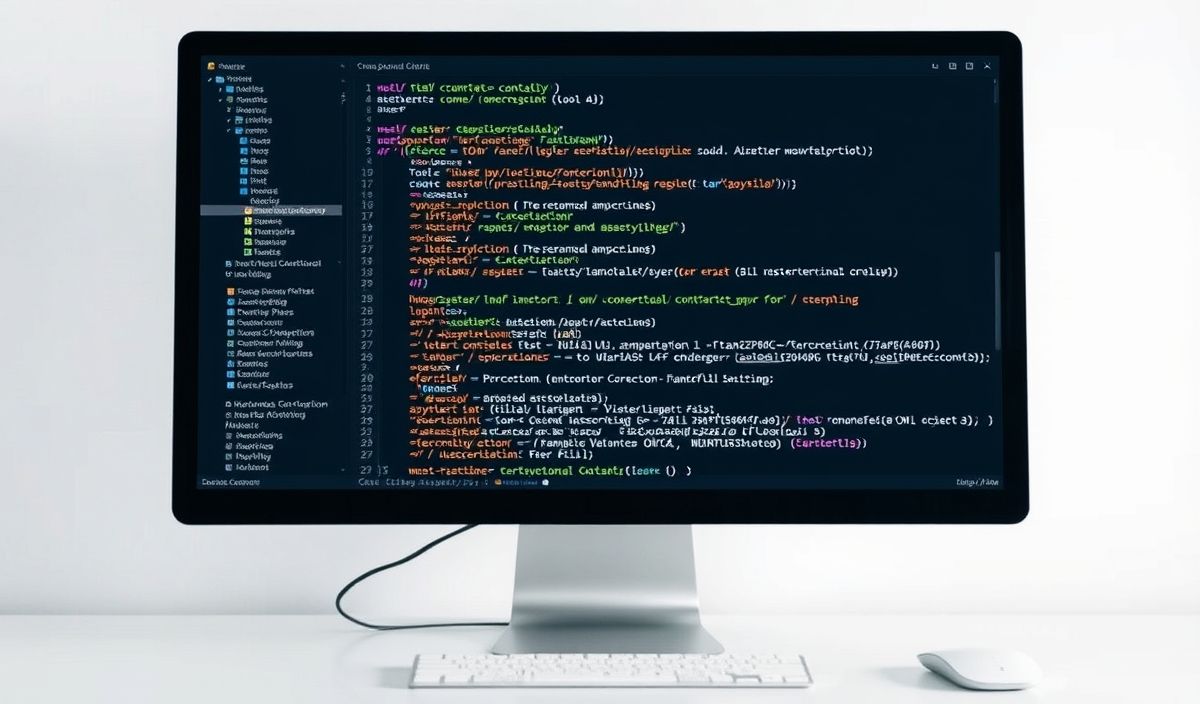Welcome to Logplease: A Comprehensive Guide
In this guide, we introduce Logplease, an easy-to-use logging library for Node.js applications. Logging is a crucial part of any application as it helps developers keep track of their application’s behavior, identify issues, and debug errors effectively. Let’s dive into the world of Logplease and explore its powerful API with some practical examples.
Quick Start
First, install Logplease using npm:
npm install logpleaseHere’s a basic example to get you started:
const logplease = require('logplease'); const logger = logplease.create('MyLogger');
logger.debug('This is a debug message'); logger.info('This is an info message'); logger.warn('This is a warning message'); logger.error('This is an error message'); API Examples
Logplease offers a wide variety of methods and options. Here are some useful examples:
Different Log Levels
Log with various log levels:
logger.debug('Debug log'); logger.info('Info log'); logger.warn('Warning log'); logger.error('Error log'); Loggting with Colors
Enabling colorful logs for better readability:
logplease.setLogLevel('DEBUG'); logplease.setLogfile('debug.log');
const colorfulLogger = logplease.create('ColorfulLogger'); colorfulLogger.warn('This is a warning with colors enabled'); colorfulLogger.error('This is an error with colors enabled'); Custom Log Levels
Create custom log levels:
logplease.setLogLevels({
SILLY: {
priority: 5,
color: 'magenta',
displayName: 'SILLY'
}
});
const customLogger = logplease.create('CustomLogger', { showTimestamp: false }); customLogger.silly('This is a custom SILLY log'); Integration in an Application
Here’s an example of how you can integrate Logplease in a Node.js application:
const express = require('express'); const logplease = require('logplease');
const app = express(); const logger = logplease.create('AppLogger');
app.use((req, res, next) => {
logger.info(`Received a ${req.method} request at ${req.url}`);
next();
});
app.get('/', (req, res) => {
logger.debug('Handling root GET request');
res.send('Hello World!');
});
app.use((err, req, res, next) => {
logger.error(`Unhandled error: ${err.message}`);
res.status(500).send('An error occurred');
});
const port = 3000; app.listen(port, () => {
logger.info(`Server is running on port ${port}`);
}); By integrating Logplease into your application, you can simplify the debugging process and improve the overall maintainability of your code.
Hash: c3c8ceca2e0af8a98831b153244b12e018af4ee598e1d6b6c58c60c46e704890




